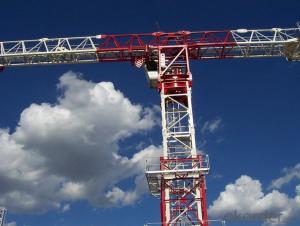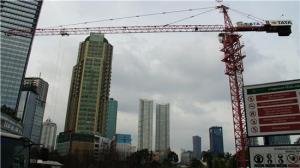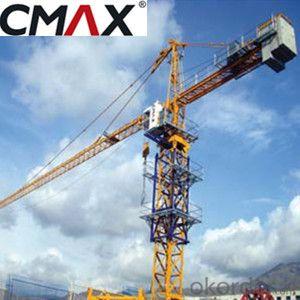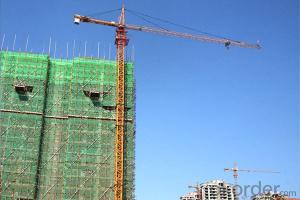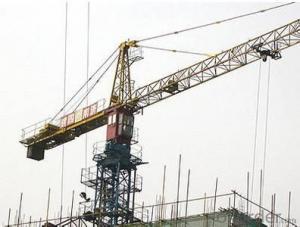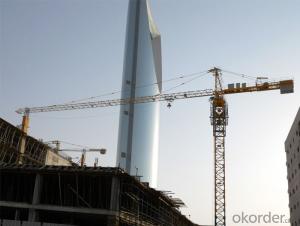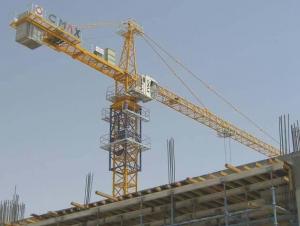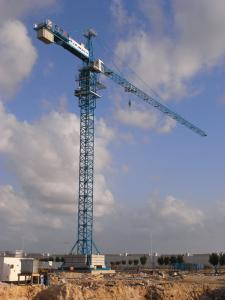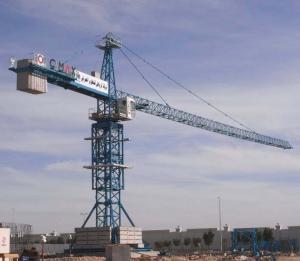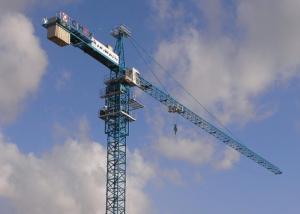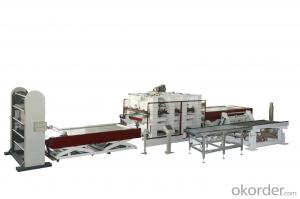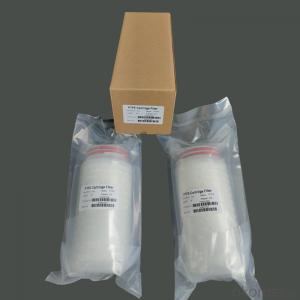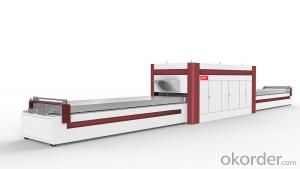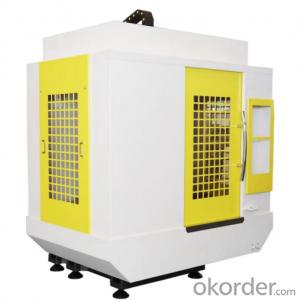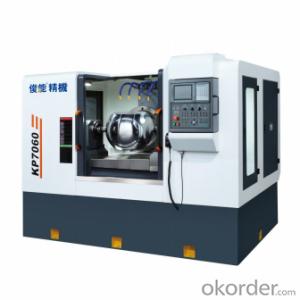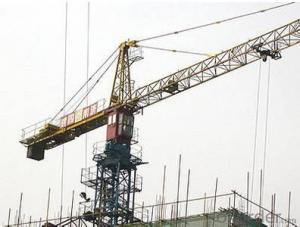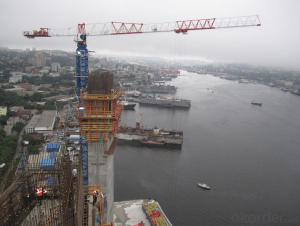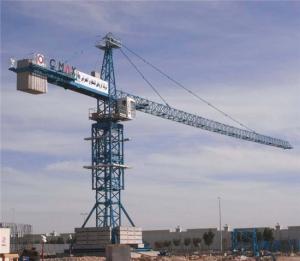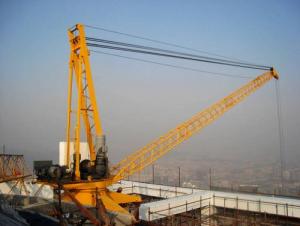Tower Cranes Luffing Self-raising Electric QTZ80-CE
- Loading Port:
- Qingdao
- Payment Terms:
- TT OR LC
- Min Order Qty:
- 1 unit
- Supply Capability:
- 100 unit/month
OKorder Service Pledge
OKorder Financial Service
You Might Also Like
QTZ80-CE Description
Feature: Tower Crane Condition: New
Application: urban construction Rated Loading Capacity: 6T
Rated Lifting Moment:400KN.M Max. Lifting Load: 6T
Max. Lifting Height:130M Span:56M
Model Number: QTZ80-CE
Certification: ISO9001:2000; CE;Ukraine & Belarus Certificate
Colour: Orange/ Yellow
After-sales Service Provided: Overseas third-party support available
QTZ80-CE Features
1.Ten years of experience in supplying new self-erecting tower crane with Taiwo Brand.
2. Export to more than 20 countries with CE/ISO/GOST Certificates.
3. Stationary or Travelling, external or internal climbing tower crane
4. Impeller blasting or rust protection paint
5. Advanced painting process
6. Potain masts designed with dismountable panels, making teansport easier and cheaper.
7. New designed mast, can be used to Internal and external climbing tower crane
8. Engineers available to service machinery overseas.
QTZ80-CE Specification
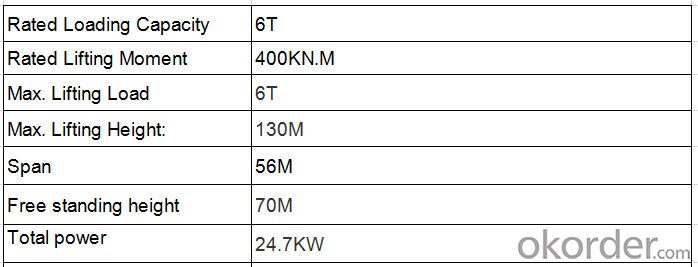
QTZ80-CE Pictures
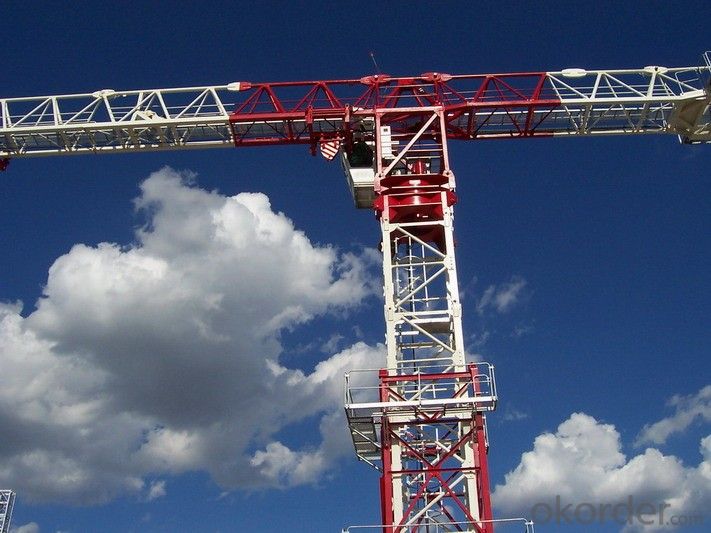
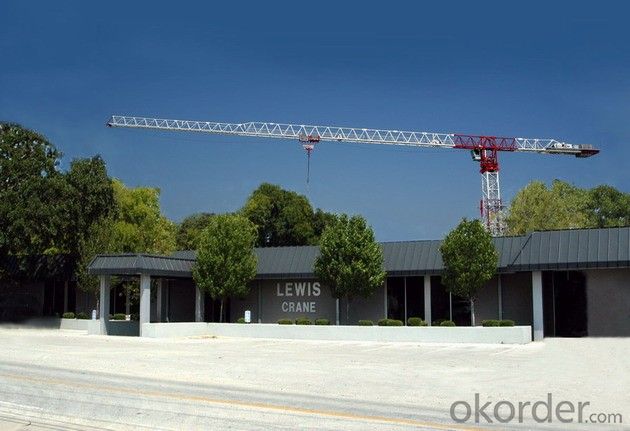
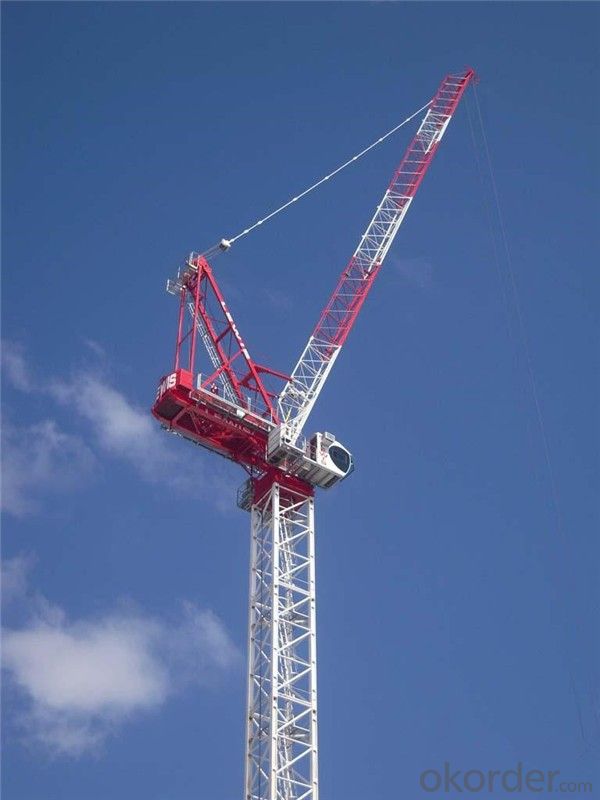
QTZ80-CE FAQ
Q: What is the function of the monitor?
A: Monitor, namely inspection system (like black box), which could store 10000 tower crane operation reports, and it is recommended to be installed in big cranes more than 16t.
Q: What is the difference between working wire rope and safety wire rope?
A: There are two kinds of rope using for suspended platform, working wire rope is for working up and down, the other is safety wire rope, just for safe, if the working wire rope broke and fell down, the safety wire rope will locked immediately.
Q: Can you equip with light on tower crane jib, monitor, remote control and anemometer?
A: Sure. All of these could be provided with extra cost upon the clients’ requirements. But according to general practice, remote control is not suggested because most of the operator feedback operation in the cabin will provide a wide working view.
- Q:There are a range of cranes to be selected for a particular type of job. Please provide any suitable method so that we narrow down our selection criteria .
- What is the load weight? How high is the lift? Obstruction, possibly needing a jib? If you are placing a load onto a roof, how far from the edge of the roof is the load going to be placed? How far from the crane pivot is the load on the ground and how far are you going to to move the load away from the crane to place it in position? How close can you get the crane to the load and to the load placement site. The usual scenario is to call a crane outfit and they will ask you these questions over the phone or come to the site and discuss the lift with you. A crane is rated for maximum lift as close, usually 10 feet,to the cab pivot center. As the distance increases, the maximum load that can be lifted, decreases. Our 15 ton crane can pick 15 tons/ 30,000 pounds at 10 feet from pivot center. With the boom fully extended; the boom is 100 feet, at a 30 degree angle, it can pick up only 5,000 pounds. Inside of every crane cab should be a chart that shows the lift capacity at various boom angles and boom lengths. Also is included is a chart for the Jib, if the crane has one. Wingman
- Q:What is a typical hourly wage, and what kind/how much training is required? Is there a special certificate that you have to get, sort of like a driver's or pilot's license? Does it vary much depending on what type of crane (track crane vs. tower crane)?
- In Sydney Australia a tower crane operator makes a little over $2000 a week after tax on average. Pay is about $40 to $50ph, alot of allowances + penalty rates. Expect to work big hours for the money though. To become an operator go to your local union office, they might point you in the right direction for your region.
- Q:i want to buy china tower crane,how to cantact the manufacture?
- Jinan Jinkui Construction Machinery Co., Ltd, one of the famous manufacturers for tower crane in China, has been rated the best suppliers in tower crane industry in China for three consecutive years. Also the exportation of tower crane has been taking a leading position in domestic China. The perfect after sales service is one of the reasons for you to choose Jinkui tower crane of China
- Q:I'm not scared of spiders anymore. If I see one than I can kill it easily, but when I see a daddy long legs crane fly, I freak out! Those things are hugeeee. I could never kill one without being freaked out to death. I heard that they don't even bite, but I'm still scared. There's one in my living room and I ran out. So I planned on staying in my room the whole day and just hope it doesn't show up in the bathroom tomorrow morning when I shower! I'm 14 btw?
- This is a selective entomophobia. Basically, you don't fear many insects or spiders, but specific ones trigger your anxiety. Your problem is not the bugs or spiders,(they are harmless) but your fear. This is something 'you' nurture by dwelling on this fear when you see one of these particular critters. I'm glad to hear you no longer fear spiders. you will see the same when you overcome your selective fear. You may even come to realize that the spiders and insects you do fear,are totally harmless, and you may reach a point where you can just ignore these. True, the crane fly is totally harmless and do not bite, sting, or inflict any form of hazard to humans. They can be a nuisance buzzing around your face,as they can be persistent. Adolescent years seem to be when phobias are the most prevalent, but also the easiest time to overcome fears. If you can learn to control your fear, rather than let it control you, you will overcome this. you also need to refrain from dwelling on your fear,as this will only make it worse. Last year, one of my favorite pass times was sitting on the porch watching the sunset. a little orb weaver would come from behind the light and spin her fancy web. Often, I would catch a crane fly that was bothering me and toss it into her web.
- Q:I looking for information on the surname Crane.?
- The meaning of the surname CRANE is - dweller at the sign of the crane; one who lived near the crane river in England; a tall, thin man with long legs.
- Q:anyone can tell me the common steel tube material using for crane boom, both main chord and lattice boom. thanks !
- Steel, like you said, do you want an exact specification? That will vary by whether it is a very long and slender tall crane or a shorter heavy duty for considerable loads. It may even vary depending on whether the manufacturer has as a goal an extra light weight unit using more expensive stronger steel or is willing to use thicker walls to use more ordinary steel. That is what engineers are for.
- Q:I am writing a story for school about working in Dubai as a crane driver but I need to know what the purpose of a Crane driver is, how much they get payed and stuff like that. And if you could tell me how a crane driver can get admission in the first place, it would be really great. Thanx. And btw, this story is for Geography.Thank you. :)
- i am not a crane driver myself , but into this field of construction . get a licence as driver from authority just as a car driver. know how to drive the crane ad a driver know how to operate a crane as a operator. know the performance of the crane and its limits. the salary can vary depending on the type of crane and its special features. but not in the high end grade for sure unless its a very specialised crane operation. u can ask any thing more .
- Q:I understand the Crane stances and know there are more than one. I am referring to the single leg crane stance. I also know that stances are only used briefly. But I am curious, does this stance have any bunkai applications? Or is it only useful against dodging a kick or preparing to kick?
- What you call Crane stance with a single leg in contact with the ground actually has many applications besides kicking. BTW: As I understand it, doesn't bunkai mean application? The single leg stance is also a mean to focus power from one rooted leg to your punch. The mechanics for a kick from the crane stance can also be used in a punch. It is actually the same. The force you exert from that single leg against the ground or your root-ness is transmitted through your body to the fist or even a block. Think about a situation where you are rapidly transferring your weight from one leg to the other such as when you are backpedaling or moving quickly and see an opening to strike. The power for that strike can still be generated by that one single leg in that instance when it is properly rooted. So rather than planting both legs first and then strike, you can do so with just that single leg that is already in place.
- Q:Are there any NECs that let them do so? Maybe Minesweeping Bosn Mate?
- In the latest update to the NEOCS Manual Vol II (NECs) I no longer see an NEC for BM for Crane Operator. Volume II Navy Enlisted Classifications (NECs) NAVPERS 18068F April 2011 NEC Chapter 4 RATING SERIES AND SPECIAL SERIES NECS www lic.navy.mil/bupers-npc/re...
- Q:Before the Advent of the Railroad Steam Recovery Crane Car (pictures below), how were Locomotive Steam Engines recovered after a derailment from the 1830's to the 1890's?
- Old Man Dirt is right. Block and tackle. Remember too those early engines weren't that heavy. The most common type from 1850 to the 1890s was the 4-4-0. They, and the other types were usually between 25 and 60 tons. I don't necessarily collect old rail photos, but I've seen many hundreds in other people's collections. And early locomotive salvage was usually block and tackle, with another engine brought in to furnish the muscle required. Since this could be a lengthy process if the wreck was extensive, a temporary track, or sometimes called a shoo-fly would be built to move trains past the derailment, or to enable getting another engine and hoisting equipment positioned.
1. Manufacturer Overview |
|
|---|---|
| Location | |
| Year Established | |
| Annual Output Value | |
| Main Markets | |
| Company Certifications | |
2. Manufacturer Certificates |
|
|---|---|
| a) Certification Name | |
| Range | |
| Reference | |
| Validity Period | |
3. Manufacturer Capability |
|
|---|---|
| a)Trade Capacity | |
| Nearest Port | |
| Export Percentage | |
| No.of Employees in Trade Department | |
| Language Spoken: | |
| b)Factory Information | |
| Factory Size: | |
| No. of Production Lines | |
| Contract Manufacturing | |
| Product Price Range | |
Send your message to us
Tower Cranes Luffing Self-raising Electric QTZ80-CE
- Loading Port:
- Qingdao
- Payment Terms:
- TT OR LC
- Min Order Qty:
- 1 unit
- Supply Capability:
- 100 unit/month
OKorder Service Pledge
OKorder Financial Service
Similar products
New products
Hot products
Related keywords
